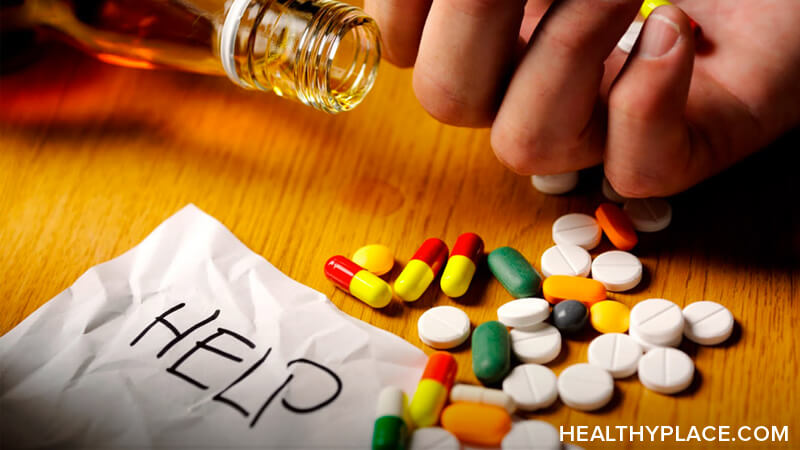Alcohol, Substance Abuse and Dependence

What's the difference between drug abuse and drug addiction? Criteria for alcohol and drug abuse and dependence.
DSM V Criteria for Substance Abuse
Substance abuse is defined as a maladaptive pattern of substance use leading to clinically significant impairment or distress as manifested by one (or more) of the following, occurring within a 12-month period:
- Recurrent substance use resulting in a failure to fulfill major role obligations at work, school, or home (such as repeated absences or poor work performance related to substance use; substance-related absences, suspensions, or expulsions from school; or neglect of children or household).
- Recurrent substance use in situations in which it is physically hazardous (such as driving an automobile or operating a machine when impaired by substance use)
- Recurrent substance-related legal problems (such as arrests for substance related disorderly conduct)
- Continued substance use despite having persistent or recurrent social or interpersonal problems caused or exacerbated by the effects of the substance (for example, arguments with spouse about consequences of intoxication and physical fights).
Note: The symptoms for abuse have never met the criteria for dependence for this class of substance. According to the DSM-V, a person can be abusing a substance or be dependent on a substance, but not both at the same time.
(More drug abuse information, including signs of drug abuse, drug abuse treatment and where to get drug abuse help.)
DSM V Criteria for Substance Dependence
Substance dependence is defined as a maladaptive pattern of substance use leading to clinically significant impairment or distress, as manifested by three (or more) of the following, occurring any time in the same 12-month period:
- Tolerance, as defined by either of the following: (a) A need for markedly increased amounts of the substance to achieve intoxication or the desired effect or (b) Markedly diminished effect with continued use of the same amount of the substance.
- Withdrawal, as manifested by either of the following: (a) The characteristic withdrawal syndrome for the substance or (b) The same (or closely related) substance is taken to relieve or avoid withdrawal symptoms.
- The substance is often taken in larger amounts or over a longer period than intended.
- There is a persistent desire or unsuccessful efforts to cut down or control substance use.
- A great deal of time is spent in activities necessary to obtain the substance, use the substance, or recover from its effects.
- Important social, occupational, or recreational activities are given up or reduced because of substance use.
- The substance use is continued despite knowledge of having a persistent physical or psychological problem that is likely to have been caused or exacerbated by the substance (for example, current cocaine use despite recognition of cocaine-induced depression or continued drinking despite recognition that an ulcer was made worse by alcohol consumption).
More on what is drug addiction, drug addiction treatment and drug recovery.)
Alcohol and Drug Withdrawl Symptoms
- sweating
- hand/body tremors
- nausea or vomiting
- agitation
- insomnia
- anxiety
- hallucinations or illusions
- seizures
Get comprehensive addiction information.
Source: American Psychiatric Association. Diagnostic and Statistical Manual of Mental Disorders, Fifth Edition. Washington, DC: American Psychiatric Association.
APA Reference
Staff, H.
(2009, January 2). Alcohol, Substance Abuse and Dependence, HealthyPlace. Retrieved
on 2026, January 14 from https://www.healthyplace.com/other-info/psychiatric-disorder-definitions/alcohol-substance-abuse-and-dependence

